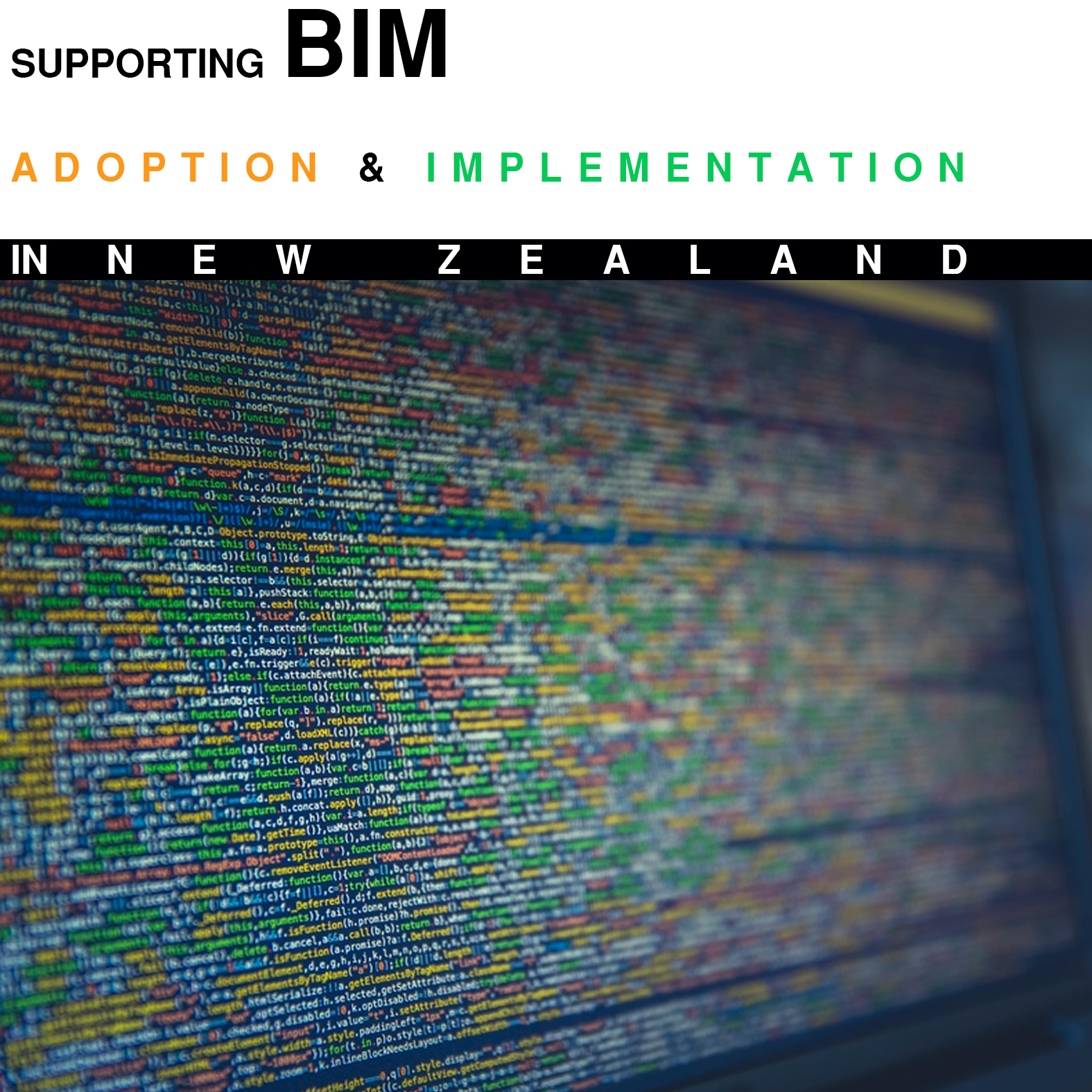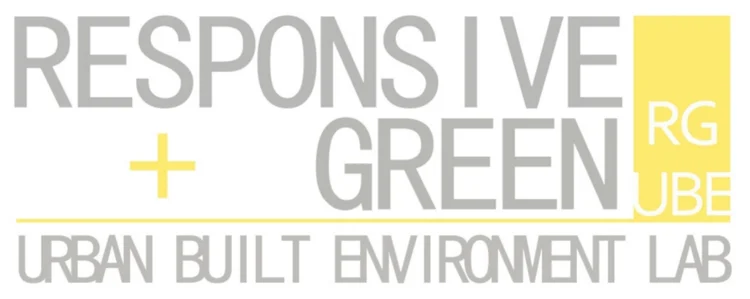

There is a significant list of reported reasons for why the construction industry is not adopting Building Information Modelling (BIM), or delaying the decision to use BIM. The most common reasons, regardless of the global location, have been ‘limited demand for BIM from clients or from other companies on projects’, ‘lack of standardised tools and protocols’, and ‘lack of expertise and insufficient training’. These barriers to adoption are also evident in New Zealand (NZ) context. This case study discusses the support mechanisms in place in NZ for wider BIM adoption and implementation. To address the barriers in New Zealand National Technical Standards Committee (NTSC) was established in 2012, BIM Acceleration Committee (BAC) and National BIM Education Working Group (NBEWG) in 2014. Members of the first two committees represent both industry and government. The National BIM Education Working Group has representatives from all tertiary institutes who have interest in BIM and wish to include it as part of their programmes. National Technical Standards Committee is overseeing the development of open industry standards for building and location data. BAC’s main role is to increase the use of BIM in New Zealand by generating demand for BIM through client education and by enabling the industry. This is being done through training, networks and communication, and BIM guidelines and BIM project examples. NBEWG promotes integration of BIM into all architectural, engineering and construction programmes in New Zealand by providing national curriculum guidelines and guidance in adopting BIM curriculum. All three groups work in close collaboration, supporting each other and sharing resources to guarantee consistency of the BIM message from government to industry to education. An example of collaboration is evidenced by common training packages being prepared by a group of people from industry and tertiary education.Current output:Publication 1
info
prev / next
1
·
